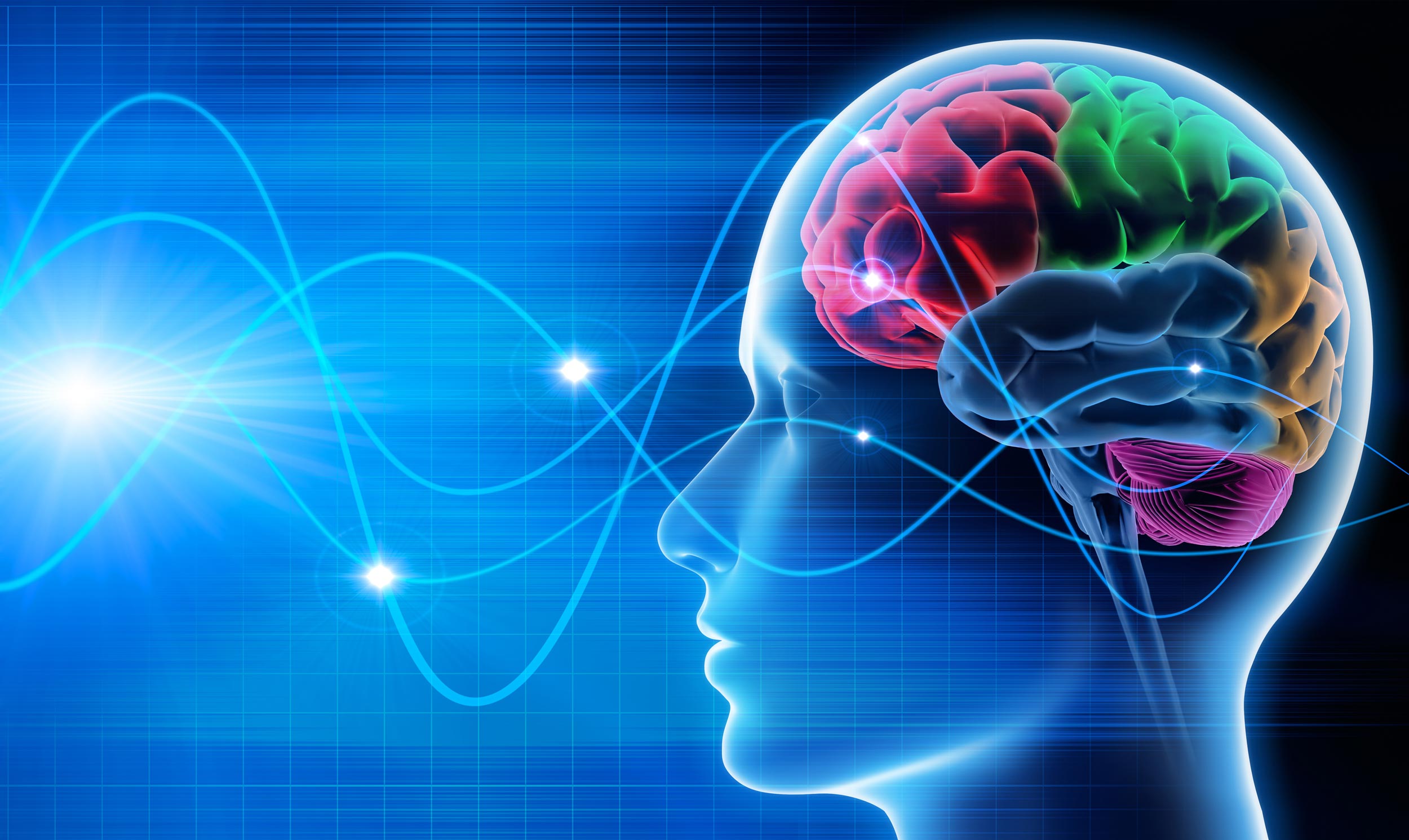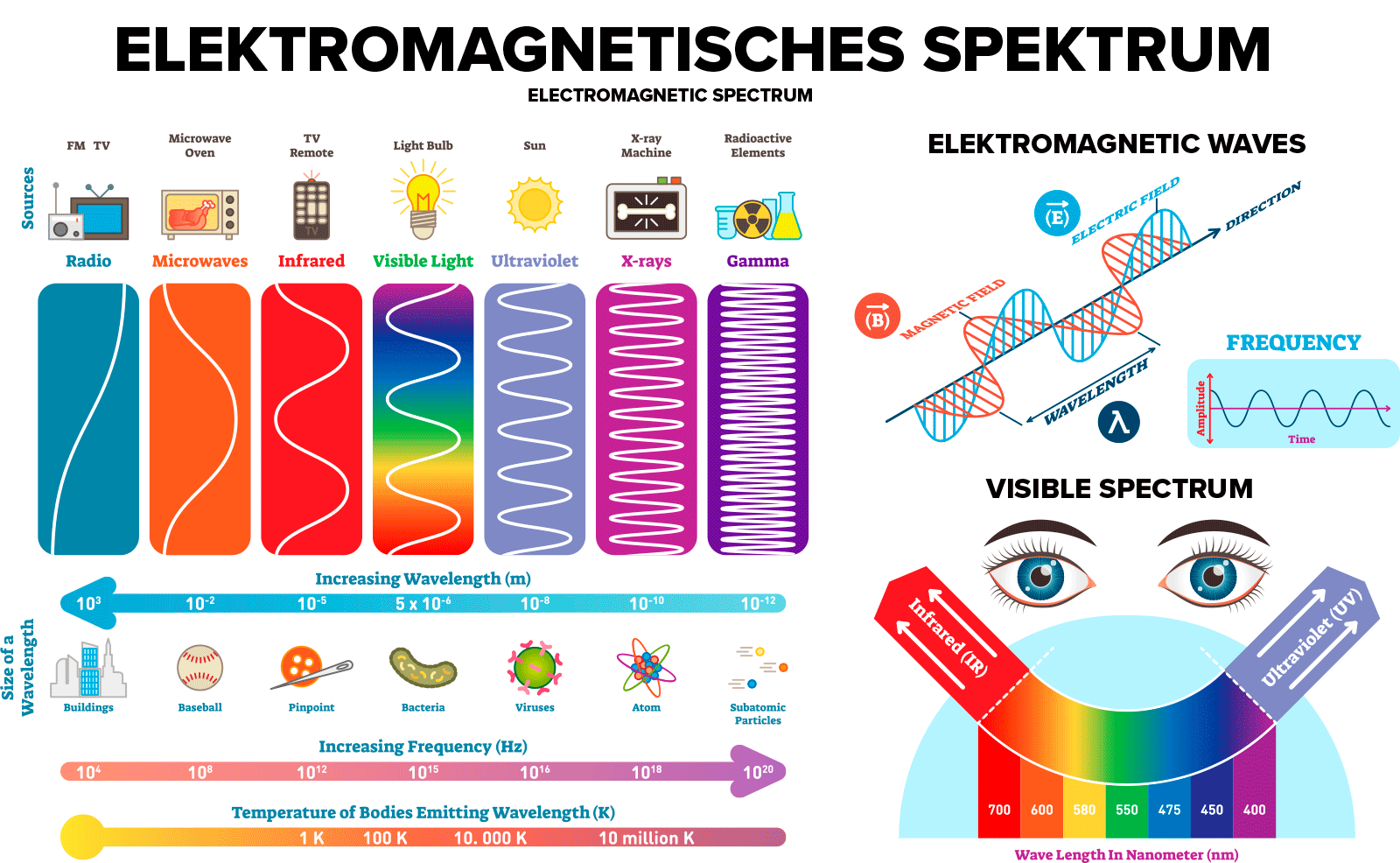Use the energy inside of you!


Our body is a real miracle of nature. All functions are perfectly coordinated and all obey the laws of nature. A fascinating interplay between muscles, nerves, sensory organs, blood vessels and control units in the brain that pulse ceaselessly to their own rhythm and that are designed for a life (Gr.: bios) in full swing.
Find out here how you can use BIOSWING to activate the dormant potential that is inside of you.
Rhythm has a special power!
Whether you’re dancing, rowing, skiing or doing battle rope exercises:
the right rhythm makes all the difference.
Tensioning and relaxing, inhaling and exhaling, activity and regeneration are just some of the polar forces that keep us in constant rhythmical movement and help determine our internal cycle – and not only in athletic activities.

During endurance exercise, the heart beats at a rate of up to 160 beats per minute, and at rest between 60 and 80. The blood is conveyed through a total of 100,000 kilometres of vascular system, to bring oxygen, nutrients and chemical messengers to their destination and to remove waste substances.

Training balance and coordination improves conscious and unconscious control of the body, in particular, and creates an intense awareness of your own body. The more complex the trained movement sequences are, the more sensory and motor areas of the nervous system are activated – and the more efficient the brain’s controlling ability will be.

Many sports have their own individual rhythm that needs to be sensed and coordinated. Whether it’s skipping rope, swing stick exercises or rope training, finding the right rhythm is an elementary part of the training. And even walking or skiing is a rhythmical experience. After all, rhythm is a fundamental part of human life.

Live your own rhythm with BIOSWING
Swing stick training is perfect training for the whole body. But it is particularly the deeper muscles that are rhythmically activated and strengthened, providing good torso and joint stability.
You can find out more about the “BIOSWING IMPROVE” swing stick and find a suitable exercise programme here.

With this BIOSWING technology, you can be sure that all your movements will be reflected; continuously, automatically and extremely effectively. Starting with your heartbeat, breathing and body movements right through to the short office workout. This activates, trains, mobilises, stabilises – and provides an entirely new body awareness.

Everything is rhythm, rhythm is life.
But when rhythm comes to an end, when it’s inhibited, disrupted or stopped completely, stiffness begins – and so does degeneration.
The BIOSWING technology uses this insight and implements it perfectly with the rhythmical pendulum principle in the 3D swinging mechanism. You can find out more here.

The heartbeat is the first thing we hear in life.
The heartbeat of our mother. In the fourth week of pregnancy, the embryo starts to have its own heartbeat and, from a physiological perspective, in a human lifetime, the two ventricles with their atria will tense roughly 3 billion times (3,000,000,000), pumping a total of 240,000,000 litres of blood, the “elixir of life”, through a highly branched network that is 100,000 kilometres in length, made up of arteries, veins, arterioles, venules and capillaries. The 25 trillion erythrocytes (red blood cells) with a total surface area of 4000 m2 supply our body, with the help of haemoglobin, with essential oxygen from our toes to the roots of our hair, and then remove the excess carbon dioxide. The normal heart rhythm is 60–80 beats per minute and is adjusted to suit the particular strain the body is under by means of highly complex control mechanisms.
But our heart is much more than just a muscle. For more in-depth background knowledge, a film made by WDR television network with Ranga Yogeshwar from 2017 is recommended, which you can find here.

The lungs, our breathing organs, with the air-conveying bronchial tubes are also one of our body’s rhythmical systems. The rhythm of breath and heart are actually closely linked, practically synchronised. The ratio at rest is 4:1 – at 60–80 heartbeats, the rib cage and diaphragm ideally intake 0.5 litres of air 15–20 times, thus supplying our body with the oxygen it needs to stay alive. The roughly 20,000 respiratory movements per day cause roughly 10,000 litres of air through the lungs, bronchial tubes, bronchioles all the way to the alveoli, where the oxygen is transferred to the blood and carbon dioxide is removed.
The natural breathing rhythm is made up of three phases: exhale – pause – inhale. Unfortunately, in our stressful times, we often only inhale and exhale. If you find yourself doing this in your own life, you should take a quiet break to concentrate on your breathing, perhaps considering the German poet Johann Wolfgang von Goethe’s thoughts on the subject:
breathing, much like life, involves two opposite forces – just as we inhale, God may sometimes put us under pressure, and like exhaling, God will sometimes relieve us, both acts being fundamental to life.
Further interesting insight on the topic of breathing can be found in the ARD film here.

Professor Gunther Hildebrandt, one of the fathers of modern chronomedicine, stated the following:
“The rhythmical processes with the highest frequencies are to be found in the nervous system. They serve to exchange information, i.e. the collection, transport and processing of information that is encrypted in the form of rhythmical signals. The slower rhythms primarily serve metabolism and its related functional area, controlling absorption and elimination, digestion, secretion and energy storage. The work performed by the information system is thus expressed as gradual frequency changes in the rhythm of nerval action.”
Rhythmical processes also occur in the brain. Neurons fire with a clear rhythm, with the nerve cells often acting much like a choir: neighbouring cells that are synaptically linked vibrate with synchronous stimulation. These vibrations are referred to as oscillations. Many networks of nerve cells then fire simultaneously and with the same rhythm. Scientists and physicians can use electroencephalography (EEG) to measure brain waves and thus measure these network activities precisely and evaluate them.
Our brain provides an unfathomable 5.8 million kilometres of data channels for us to use: a network where the impulses and data race at speeds of up to 100 metres a second and produce a veritable firework of data – and provides each one of us with the potential to be a genius.

A sentiment expressed even more forcefully by Joachim-Ernst Berendt in his 1983 classic: “Nada Brahma – The World Is Sound”.
If we look at the adjacent electromagnetic spectrum from a purely scientific perspective, we will find, to our surprise, that everything really is frequency: from low-frequency traction current at roughly 30 cycles per second (hertz) and radio waves, microwaves and (visible and non-visible) light to UV rays, X-rays and gamma rays with the unimaginable frequency of over 30 exahertz (30,000,000,000,000,000,000 vibrations per second!) Our speech is also made up of frequencies – sound waves – and our brain decodes these oscillations recorded by our sensory organ responsible for hearing, the ear, in a frequency range of roughly 16–20.000 Hz.
You can find an interesting article on the topic of “neurons with a sense of timing” here .

For millions of years, nature has manifested a recurring rhythm in temperate regions of the globe: the seasons. Long before calendars were invented, people were able to use this rhythm to orientate themselves and thus know when it was time to sow and plant, and when to harvest. They could plan times of rest in winter and phases of summertime activity. Each of these time periods is unique and has its own particular charm.

At this point we would like to come back to Joachim-Ernst Berendt, with a quote from “Nada Brahma – The World Is Sound”:
“… In this book, we say: the world is sound. Not: the world is vibration.” From a physics perspective, there are billions of possible vibrations. But the cosmos, the universe, selects from these billions of possibilities, with an overwhelming preference, the few thousand that make sense harmoniously – and ultimately, musically…… And this applies to almost all proportions in the cosmos – planetary orbits, DNA genes, the shapes of leaves and crystals, the relationships between the elements in the periodic table, body shapes, the quantisation in the nucleus of the atom, the spins of the electrons and all the other proportions mentioned in this book…”

If the universe and the planets, the world of colours and sounds, the beauty of crystals, the proportions of the human body and all the electrons that surround us are frequency and rhythm, why should we not have rhythm in the place where many of us spend most of our time?